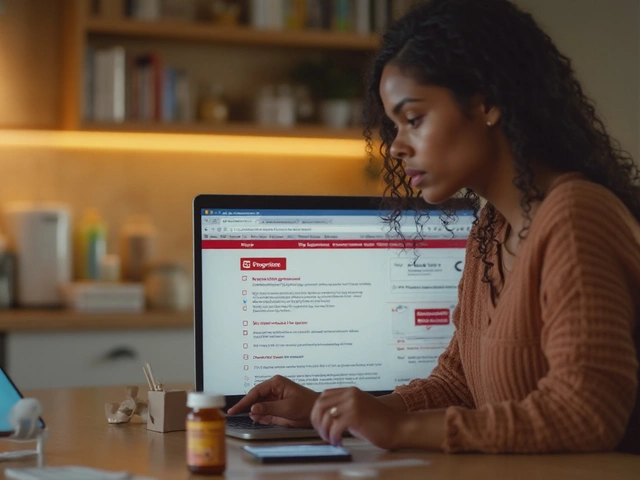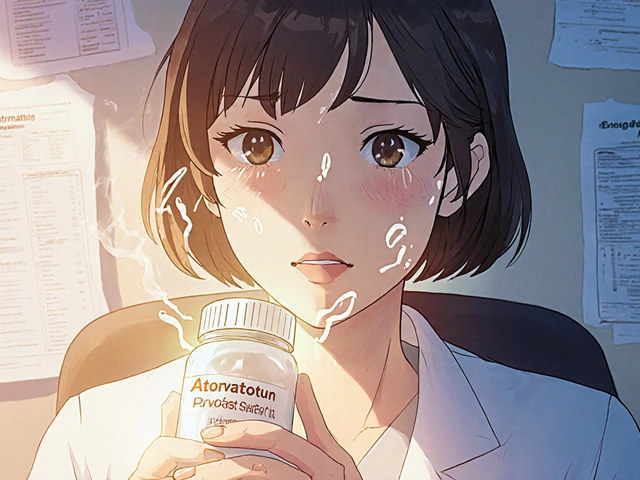Statins Explained: Uses, Risks, and Natural Alternatives
If you’ve ever heard doctors mention a "statin" and wondered what it really means, you’re not alone. Statins are medicines that lower LDL (the "bad") cholesterol and help prevent heart attacks and strokes. They’re widely prescribed, but they also come with side effects that can make people pause. This guide breaks down how statins work, what to watch for, and how you can support cholesterol health without relying solely on pills.
How Statins Work
Statins block an enzyme in the liver called HMG‑CoA reductase. That enzyme is essential for making cholesterol, so when it’s blocked, the liver pulls more LDL out of the bloodstream to keep the supply steady. The result is lower total cholesterol numbers on your lab report. Most people see a 20‑50% drop, which translates into fewer clogged arteries over time.
Because the liver is the main production site, statins don’t just affect cholesterol. They also reduce inflammation in blood vessels, a hidden factor that contributes to heart disease. That’s why many guidelines recommend statins for anyone over 40 with elevated risk factors, even if they feel fine.
When to Consider Alternatives
While statins can be life‑saving, they aren’t a perfect fit for everyone. Muscle aches, occasional digestive upset, and rare liver issues are the most common complaints. If you’ve tried a statin and the side effects keep you up at night, talk to your doctor about swapping to a lower dose, a different statin, or a non‑statin option.
Natural ways to lower cholesterol have gained a lot of attention lately. Adding soluble fiber (like oats, beans, and apples) to meals can bind cholesterol in the gut and pull it out of the body. Plant sterols found in fortified spreads and nuts work similarly. Regular aerobic exercise—30 minutes of brisk walking, cycling, or swimming most days—raises HDL (the "good") cholesterol and helps the body process LDL more efficiently.
Red yeast rice is a fermented product that naturally contains a statin‑like compound called monacolin K. Some people find it helpful, but it can still cause the same side effects as prescription statins, so it should be used under medical supervision.
In our recent article, "Natural Ways to Lower Cholesterol vs Statins," we compare diet, exercise, and red yeast rice side‑by‑side with prescription drugs. The key takeaway is that lifestyle changes can cut LDL by 10‑15% on their own, and combined with a low dose statin they can reach the same goals as a higher dose statin alone.
Bottom line: statins are powerful tools, but they work best when paired with a heart‑healthy diet, regular movement, and regular check‑ups. If side effects bother you, ask your doctor about a different statin, a lower dose, or adding a natural strategy to your routine. Knowing what each option does helps you stay in control of your heart health.






